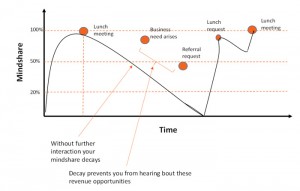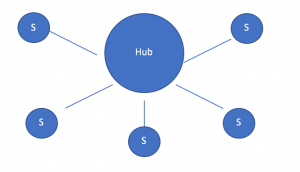You’ve found your ideal candidate.
This is an important position and your candidate has passed every step of the process with flying colors. But the process isn’t over just yet.
Beyond locating and sourcing candidates, beyond inviting them, interviewing them, and testing their capabilities, there is negotiation and onboarding to look forward to. In a world economy made volatile by the year’s events, and an unstable talent market, companies can barely waste time and resources on the wrong hire.
More importantly, when a valuable candidate is at the gates, it’s important that you maintain a solid employer identity and brand, to leave them with a good impression of you, your recruitment process, and the effort that goes into the final few stages.
No one wants to come all this way through the recruitment process, suffer through the piles of resumes, rounds of interviews, and preparation, only to lose the best candidate over technicalities or a badly-written offer letter.
Recruitment is a project, one that comes with responsibility beyond finding talent. The last few steps can be vital to the brand and how it’s perceived by talent.
In this article, we explore formal offer letters and what they include to ensure a smooth and successful campaign.
Why a formal offer letter?
Talent that has a satisfying candidate experience will almost always join your team. It’s as simple as that. Job seekers are aware of their value and like to see that reflected in how they are approached, spoken to, and most importantly how they’re treated.
Your offer letter plays as much of a part in representing your brand as your logo does. It presents an identity that candidates would want to be a part of, a sense of structure that is too often overlooked.
But in the end, it’s only fair. After all, modern interviewing has become a chain of hurdles and hoops that we make candidates jump through, from intricate interview questions to role and industry-specific analysis, and of course, the testing stage. After going through the pipeline, a formal offer letter can be a reward for the talent in question.
It’s important, however, that the offer letter is consistent with the brand and the company culture. It requires a human touch, the same consistent touch that the candidate now associates with your brand. Regardless of the channel used to find them, this candidate is interested in your company, an interest generated by these elements. Consider this an opportunity to emphasize all that makes you who you are, to convey your message and your vision.
Elements of an offer letter
There’s a lot to say in an offer letter. But this doesn’t need to be a stressful process. There are elements to an offer letter that are vital, and so long as they are present, you’re halfway there.
What should be included in the offer email:
– Job offer confirmation: This would be a concise and short statement that confirms the candidate’s acceptance and extends the invitation.
– Position Details: This would include the role, its status, title, department and name of the direct supervisor as well as their contact details.
– Starting date: This should clearly outline the candidate’s first day on the job, as well as working hours and related rules (overtime, attendance, etc)
– Remunerations: This should outline the agreed-upon salary or pay rates.
– Benefits: This goes for insurance coverage, personal leave details, vacation policy, the bumper pool table in the breakroom, and all the fun little benefits
– Any disclaimers: Should you have policies in place that affect the offer depending on the candidate’s journey through the next few steps, be sure to mention the details. (For example, ‘This offer is only valid should the candidate pass their upcoming background check’)
Writing the offer letter
With the email itself out of the way, you can now focus on creating the offer letter itself. To be clear, this refers to the document you will be attaching to your email. It will need to convey the same consistent message and include a few key elements:
– Brand logo
– Greetings & Salutations
– Position title
– Working hours
– Nature of employment
– Salary
– Bonuses and benefits
– Privacy agreements
– Termination & conditions
Remember that this letter is an official representation of your company and your brand. How it is perceived is critical to the onboarding phase and its success. Here, you are able to set the tone for the candidate’s transition from talent to employee.
Click to discover our 14-day free trial.
Business & Finance Articles on Business 2 Community
(19)





